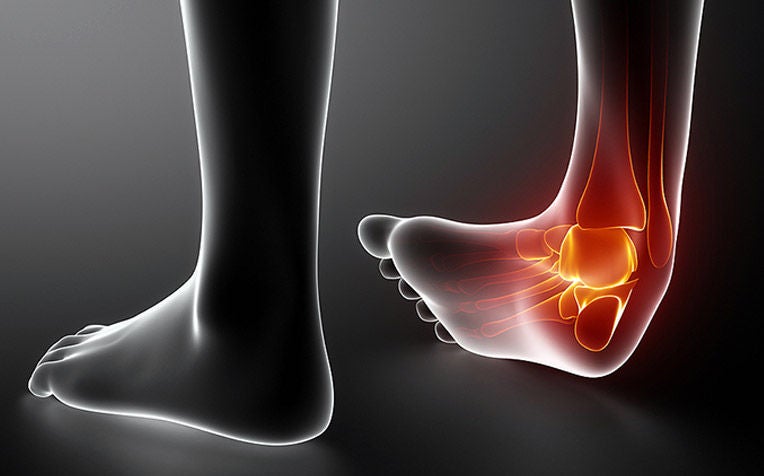HealthXchange will NEVER ask you to transfer money over a call. If in doubt, call the 24/7 ScamShield helpline at 1799, or visit the ScamShield website at www.scamshield.gov.sg.
Ankle Sprain: How to Recover Fast

Ankle sprains , although a common injury, require proper medical attention to ensure that there is no fracture.
Ankle sprains account for up to 40 per cent of all sporting injuries.
Ankle sprains usually occur when the ankle "twists" or rolls inwards in an awkward manner, stretching or tearing the stabilising ligaments on the outer (lateral) side of the ankle, leading to ankle instability.
In more severe cases, an ankle sprain can result in a broken bone or internal damage, such as cartilage injuries within the ankle.
“When one experiences difficulty bearing weight on the injured foot after an ankle sprain, medical attention should be sought to check if the injury may be complicated by a fracture,” advises the Department of Orthopaedic Surgery from Singapore General Hospital (SGH), a member of the SingHealth group.
“For recurrent ankle sprains, expert opinion should be sought early to reduce risk of chronic pain, cartilage damage and even arthritis later on in life.”
First-time ankle sprains
Most uncomplicated first-time ankle sprains get better with the RICE treatment, which stands for:
Rest
Ice
Compression
Elevation
This will reduce pain and swelling, following which a course of physiotherapy focusing on ankle strengthening will allow most to return to their previous level of activity, including sports.
For simple ankle exercises to do at home to speed recovery, watch this video!
Repeated ankle sprains
Repeated ankle sprains can lead to chronic ankle instability, characterised by the feeling of the injured ankle giving way.
“This condition predisposes the ankle to further injuries such as cartilage damage and, over time, osteoarthritis of the ankle may occur. Ankle cartilage injury and ankle arthritis causes chronic pain and restrict a person's mobility,” said Dr Koo.
Treatment for ankle arthritis
For those unable to resume normal activities after a course of physiotherapy can consider surgical options to treat the damaged tissues and stabilise the ankle. This can be done arthroscopically (keyhole approach), whereby a camera is placed into the joint to assess the damage.
The ankle can then be stabilised or "tightened", usually by repairing the ligaments that are torn via an open incision or keyhole surgery.
“There are various methods to treat ankle cartilage injury, each with its pros and cons. The choice depends on the size and depth of the area of damage, among other factors,” Dr Koo said.
Ref: L20
Other articles you may be interested in:
Bunion Keyhole Surgery for Quicker Recovery
Dance Injuries: Symptoms and Prevention
Related Articles
Conditions & Treatments
Public Events
Get the Health Buddy App
© 2025 SingHealth Group. All Rights Reserved.















 Get it on Google Play
Get it on Google Play